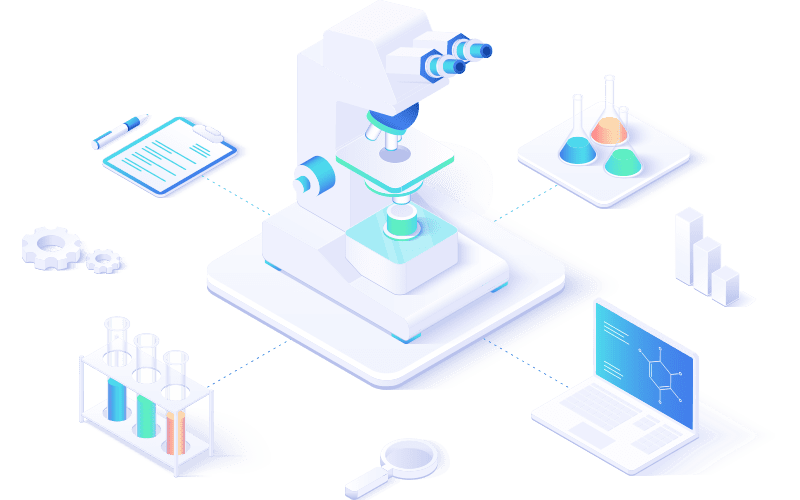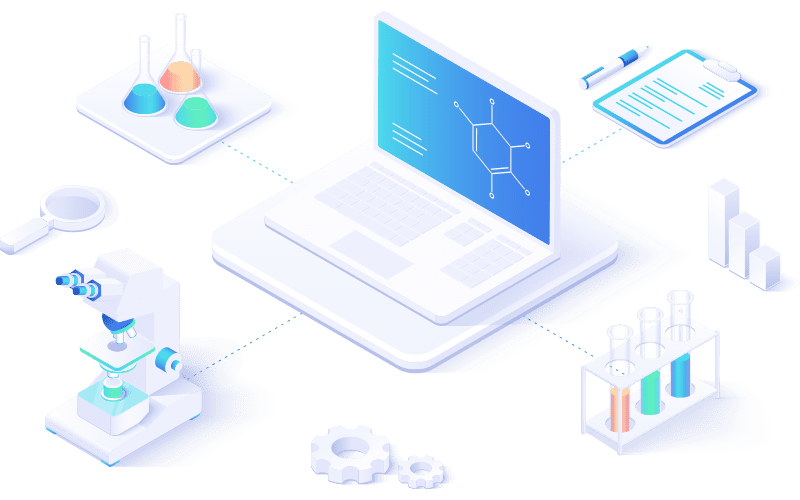
Investing in a Laboratory Information Management System (LIMS) can revolutionize your lab’s efficiency, accuracy, and compliance. But getting approval for this crucial investment requires a well-crafted business case that clearly demonstrates the value and return on investment (ROI) of a new LIMS. This guide will walk you through the essential steps to build a compelling business case and secure the support you need to transform your lab operations.
1. Define Your Lab’s Pain Points
Start by clearly articulating the challenges and inefficiencies your lab currently faces. Be specific and quantify the impact these issues have on your lab’s productivity, costs, and overall performance. Consider the following:
- Manual Processes: How much time is wasted on manual data entry, transcription errors, and sample tracking?
- Data Silos: Is your lab data fragmented and difficult to access? How does this hinder collaboration and decision-making?
- Compliance Risks: Are you struggling to meet regulatory requirements or maintain audit trails? What are the potential consequences of non-compliance?
- Lost Samples & Errors: How often are samples misplaced or mislabeled? What are the costs associated with these errors?
- Limited Growth: Is your current system hindering your lab’s ability to expand and take on new projects?
By quantifying these pain points, you can build a strong foundation for your business case.
2. Quantify the Benefits of a LIMS
Next, outline the specific benefits a LIMS will bring to your lab. Be sure to tie these benefits to the pain points you identified in the previous step. Here are some key areas where a LIMS can deliver significant value:
- Improved Efficiency: Automation of manual tasks, streamlined workflows, and optimized data management can significantly reduce time spent on routine tasks, freeing up your staff for higher-value activities.
- Enhanced Data Integrity: Centralized data storage, automated data capture, and audit trails ensure data accuracy and traceability, reducing errors and rework.
- Increased Compliance: LIMS can help you meet regulatory requirements and maintain compliance with industry standards, mitigating risks and protecting your lab’s reputation.
- Cost Savings: Reduced labor costs, minimized sample loss, and optimized resource utilization can lead to significant cost savings over time.
- Improved Decision-Making: Real-time access to comprehensive data and analytics empowers you to make informed decisions and drive continuous improvement.
Quantify these benefits whenever possible. For example, estimate how much time and money will be saved by automating a specific process or how much revenue could be generated by increasing throughput.
3. Research LIMS Vendors and Solutions
Thoroughly research LIMS vendors and their solutions. Look for vendors with a proven track record in your industry and solutions that address your lab’s specific needs. Consider factors such as functionality, ease of use, scalability, and cost.
4. Build a Detailed Implementation Plan
Outline a clear implementation plan that details the timeline, resources required, and potential risks. This will demonstrate to stakeholders that you have a well-thought-out approach to LIMS adoption.
5. Calculate the ROI
Calculate the return on investment (ROI) for the LIMS implementation. Factor in the upfront costs of the LIMS, implementation expenses, and ongoing maintenance fees. Then, compare these costs to the projected savings and revenue gains resulting from the LIMS. Be conservative in your estimates to avoid overpromising.
6. Present Your Business Case
Finally, present your business case to the decision-makers in your organization. Clearly articulate the pain points, benefits, implementation plan, and ROI. Use data, visuals, and real-world examples to make your case as compelling as possible.
LabLynx: Your Partner in LIMS Success
LabLynx has extensive experience helping labs build successful business cases for LIMS implementation. We offer comprehensive LIMS solutions tailored to meet the unique needs of various industries. Our team of experts can guide you through the entire process, from assessing your lab’s needs to calculating ROI and presenting your case to stakeholders.
Ready to transform your lab? Contact LabLynx today for a free consultation and discover how we can help you build a winning business case for a new LIMS. Your lab’s future success depends on it!
Bonus Tip: Highlight the potential risks of not implementing a LIMS. These could include falling behind competitors, failing audits, or losing business due to inefficiencies.
Accelerate Your Lab's Success & Experience LabLynx
"*" indicates required fields
Explore the LabLynx Suites

LIMS Suite
Seamless Sample and Workflow Management
The LabLynx LIMS Suite empowers laboratories with the tools needed to manage samples, workflows, compliance, and more in one centralized system. It’s the backbone for labs seeking efficient, reliable, and scalable management solutions.

ELN Suite
The LabLynx ELN Suite offers a modern approach to managing lab data and experiments. With its secure, intuitive platform, your team can record, store, and collaborate effortlessly, supporting innovation every step of the way.

Lab Automation
Automate for Efficiency and Growth
Streamline operations and boost productivity with the LabLynx Lab Automation Suite. Designed for labs ready to embrace advanced automation, this suite integrates systems, instruments, and workflows to deliver efficiency at scale.
